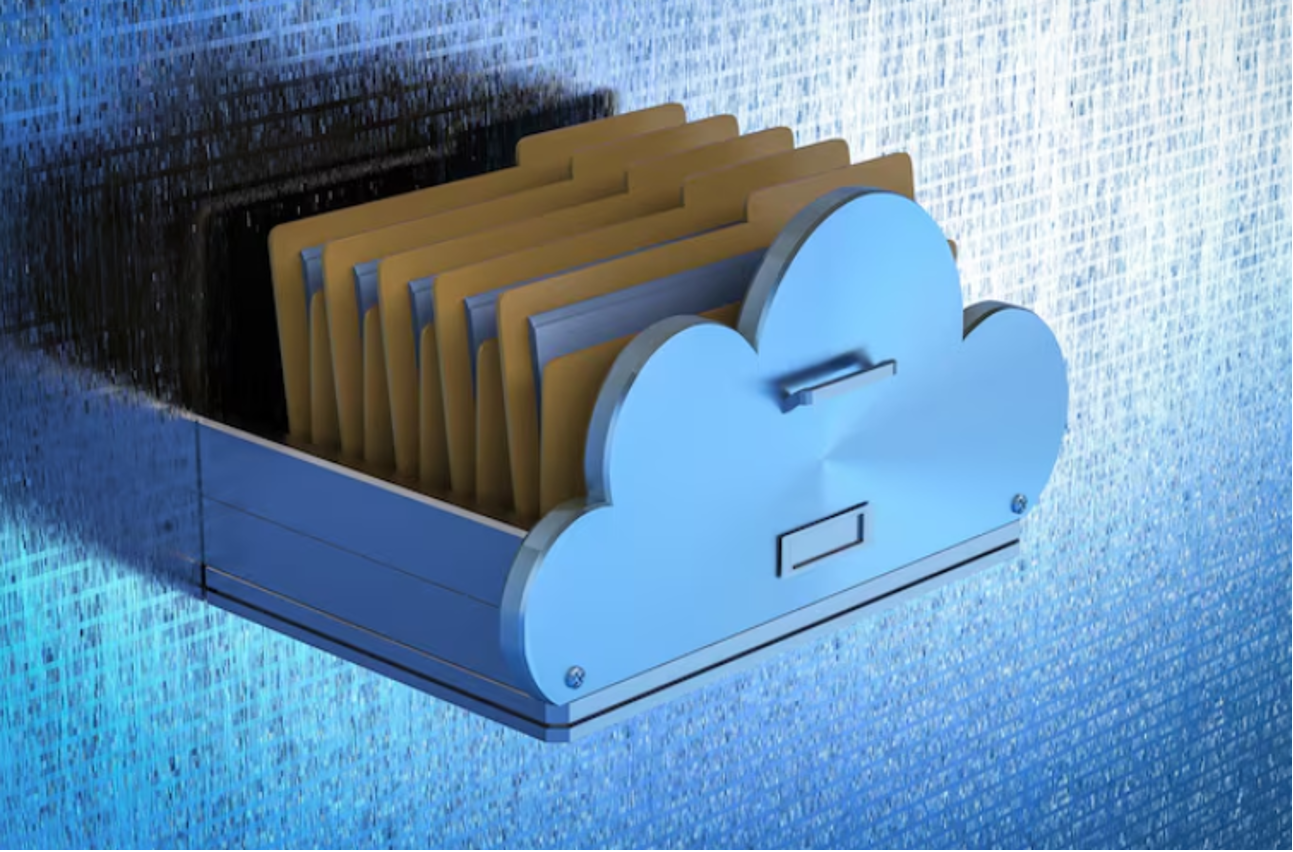
Digital content has become central to how enterprises operate, communicate, and engage with their customers, partners, and internal teams. From websites and social media to cloud-based collaboration platforms, the volume and complexity of this content have grown exponentially. As organizations become increasingly digital, the need for robust preservation practices is more urgent than ever.
But preservation today is no longer just about storing files. It’s about capturing context, maintaining integrity, and ensuring access over time—all while meeting regulatory, legal, and operational needs. The tools, expectations, and risks around digital preservation have evolved, and modern enterprises must adapt to stay secure, compliant, and competitive.
What Digital Preservation Means Today
Traditionally, digital preservation was associated with storing static files—documents, spreadsheets, media assets—in secure archives. That definition has expanded. Now, digital preservation encompasses everything from dynamic webpages and social media posts to messaging threads and collaborative content hosted across platforms.
Preservation today must ensure that content remains:
- Authentic: Accurately reflects what was published, posted, or shared at a specific moment.
- Accessible: Easily retrievable for audits, legal cases, or internal review.
- Tamperproof: Stored in a format that proves it hasn’t been altered or manipulated.
- Contextual: Maintains the original look, feel, and metadata of the content.
This new definition demands a more sophisticated approach—one built for the pace and complexity of modern business.
From Static Backups to Dynamic Archiving
Many organizations still rely on outdated methods like periodic file backups or screenshot capture. These approaches can’t keep up with today’s digital environment. They miss context, lack metadata, and are prone to human error.
Modern enterprises are shifting toward web archiving and automated content capture, which preserve not just the surface-level information but the full structure, source, and surrounding elements of digital content. Unlike traditional backups, these methods retain the exact appearance and functionality of the content as it existed in real time.
This shift allows organizations to meet legal and regulatory demands more effectively—while also gaining better visibility and control over their digital footprint.
Key Drivers Behind the Evolution
Several forces are accelerating the transformation of digital preservation:
1. Increasing Regulatory Scrutiny
Regulators are paying closer attention to how organizations store and produce digital records. In sectors like finance, healthcare, and government, the expectation is no longer just that data is saved—it must also be provably authentic, complete, and accessible on demand.
Archiving software that captures metadata, timestamps, and content history provides the level of traceability needed to comply with these evolving standards. Without it, organizations face greater risk of fines, audits, or enforcement actions.
2. Legal and eDiscovery Demands
Legal teams need reliable records for litigation, internal investigations, and compliance assessments. Preserved content must be defensible in court, with a clear chain of custody and verifiable authenticity. That’s not possible with PDFs or screenshots alone.
Modern preservation tools address this by capturing digital content in a format that supports legal workflows. This includes hash verification, exportable audit trails, and the ability to show what content looked like before, during, and after changes.
3. Rapidly Changing Communication Platforms
Organizations now use dozens of platforms to communicate—email, messaging apps, cloud tools, and social media, to name a few. Each platform has its own format, update frequency, and risk profile.
Enterprises need preservation solutions that can scale across this complexity. Today’s tools are being designed with multi-channel compatibility and real-time capture, ensuring that no critical communication slips through the cracks.
4. Rising Expectations for Transparency
Customers, regulators, investors, and the public expect a higher level of accountability. Being able to demonstrate exactly what was said or published—especially during times of crisis—helps organizations build trust and credibility.
Digital preservation tools enable enterprises to maintain a clear record of public-facing communications. This includes websites, blog posts, press releases, and social content. It’s not just about compliance—it’s about protecting the organization’s reputation.
Characteristics of Modern Archiving Solutions
As enterprises evolve, so must their tools. The latest generation of archiving software offers features specifically designed to meet today’s challenges:
- Real-time and scheduled capture for always-on preservation
- Version tracking to monitor edits, deletions, and updates over time
- Full metadata retention, including user, timestamp, and source information
- Visual playback to show how archived webpages or posts originally appeared
- Searchable archives with filters by date, keyword, platform, or user
- Audit trails and logs for transparency and accountability
- Export support for legal and compliance reporting
These capabilities make it easier for enterprises to maintain records that are defensible, accessible, and aligned with evolving regulations.
Use Cases Across Departments
Digital preservation is no longer the exclusive concern of IT or legal departments. It’s becoming a cross-functional necessity:
Compliance Teams
Need to maintain consistent recordkeeping practices to avoid violations. Archiving software helps them implement automated processes, enforce retention schedules, and demonstrate good faith compliance.
Legal and eDiscovery
Rely on defensible records to manage litigation risk. The ability to export authenticated, timestamped records directly into legal review platforms streamlines response and strengthens their position.
HR and Internal Affairs
Require accurate communication history to resolve disputes or enforce company policy. Archived internal chats and communications offer visibility and support fair outcomes.
Marketing and Communications
Need to track changes to public-facing content over time. Whether it’s proving that terms and conditions were properly disclosed or reviewing the evolution of a campaign, archives offer an accurate historical record.
Long-Term Preservation Challenges
As valuable as archiving is, it isn’t without its challenges. Enterprises must be thoughtful in how they implement and manage their digital preservation strategies. Some key considerations include:
Data Volume
The sheer amount of content produced daily can overwhelm storage and indexing systems. Preservation tools need to scale efficiently while maintaining performance and searchability.
Content Complexity
Modern digital content often includes interactive elements, embedded media, dynamic feeds, and third-party integrations. Capturing this accurately requires sophisticated tools that go beyond static archiving.
Retention Policies
Enterprises must strike a balance between retaining records long enough to meet legal requirements and minimizing liability by not over-retaining sensitive data. Archiving systems should support configurable retention schedules.
Access Control
Preserved content must be accessible, but not to everyone. Systems need robust permission settings, authentication protocols, and user activity logs to prevent unauthorized access or tampering.
The Role of Web Archiving in Enterprise Strategy
Among all digital preservation methods, web archiving stands out for its ability to capture high-impact content that’s often publicly visible and subject to legal or reputational scrutiny.
From policy pages and press releases to customer reviews and product claims, web content forms part of the organization’s public record. It’s also vulnerable—webpages can be changed or deleted at any time.
By integrating web archiving into broader enterprise governance, organizations can:
- Preserve an accurate record of public statements
- Provide historical reference for audits, disputes, or claims
- Demonstrate transparency and accountability to stakeholders
In highly regulated industries, this type of archiving is not just useful—it’s often essential.
Future Trends in Digital Preservation
Looking ahead, digital preservation will continue to evolve alongside technology. Key trends to watch include:
AI-Assisted Archiving
Artificial intelligence is being used to automate content classification, flag risks, and enhance search functionality within archives. These capabilities can help organizations surface critical data faster and reduce review time.
Decentralized and Cloud-Native Storage
As enterprises move toward distributed teams and remote infrastructure, archiving solutions are adapting by offering cloud-native deployment and integration with decentralized platforms.
Greater Emphasis on Data Ethics
As privacy regulations expand, so do the ethical responsibilities around data preservation. Enterprises must be transparent about what is archived, how long it’s retained, and who can access it.
Integration with Risk and Compliance Platforms
Rather than operating as standalone tools, digital preservation systems are being integrated into broader governance, risk, and compliance (GRC) platforms—allowing for better coordination across departments.
Building a Preservation Strategy That Works
Every organization’s preservation needs will be different, depending on industry, regulatory environment, and risk tolerance. But all enterprises can benefit from a few best practices:
- Start with a policy: Define what content needs to be preserved, for how long, and under what conditions.
- Automate where possible: Manual processes introduce error and inconsistency. Automated archiving increases accuracy and saves time.
- Review regularly: Preservation isn’t static. Periodically evaluate tools, policies, and practices to ensure they still meet business needs.
- Train your teams: Ensure that staff understand the importance of preservation and how to use the tools available.
Conclusion
Digital preservation is no longer just a safeguard—it’s a strategic advantage. By staying ahead of evolving trends, adopting the right technologies, and aligning archiving practices with organizational goals, enterprises can protect themselves from legal risk, build public trust, and operate with greater clarity.
In an era of fast-moving content, regulatory pressure, and growing scrutiny, investing in modern archiving software is a practical step toward long-term resilience. It’s how today’s organizations stay ready for whatever tomorrow brings.




